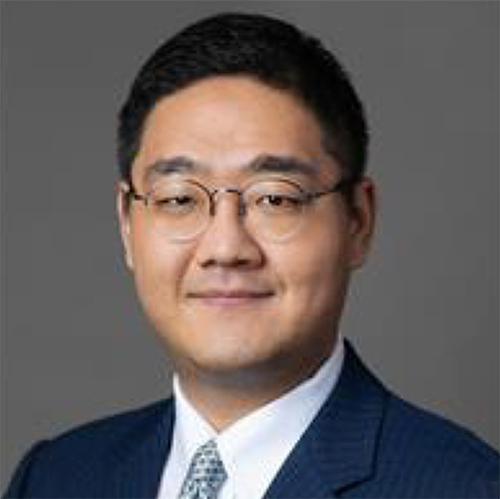As 2015 is the last year of China’s 12th Five Year Plan, Premier Li Keqiang (李克强) has unveiled at the annual National People’s Congress the country’s key economic target and reform agenda in the year of transition.
China’s GDP expanded 7.4% in 2014, barely missing the goal of 7.5%. In this year’s government work report, the economic target is set at around 7% but J.P. Morgan believes that for 2015, the government is less tolerant to miss the target because stable growth is critical to support new job creation and ensure steady employment.
Inflation growth target is around 3%. “Traditionally the inflation target is an upper limit, which means that inflation target will not become a binding constraint. By contrast, the current low inflation environment will open room for resource pricing reform as well as monetary easing,” J.P. Morgan’s chief China economist Zhu Haibin wrote in a research note.
Financial houses read a signal for easing in property policy. UBS’s chief China economist Wang Tao points out that this year’s government work report doesn’t mention anything on “reining in speculative demand in property market”, but states that it will support residents’ demand on self-living and improve housing. That paves the way for further policy easing this year and a potential decrease in the downpayment ratio for first-time home purchases from 30% to 20%.
Similarly, Chinese brokerage house Industrial Securities perceives that the government will adopt an easing bias and give more financial support to property companies. In addition, the government seeks developers to accommodate residents’ housing demand through the existing huge inventory. The purpose of the adjusted supply-demand policy is to prevent the deterioration of the balance sheets of residents and the financial system.
Reforms
Li announced many reforms that the government wants to promote this year with some of them deemed promising while others are seen to show firm progress this year.
- Financial reform. Among the various financial reforms mentioned in the government work report, J.P. Morgan expects the following measures that could happen this year and are most interesting for investors: the introduction of a deposit insurance scheme (likely in Q3), the introduction of Shenzhen-Hong Kong Stock Connect (likely in H2,2015), the IPO system reform from approval-based to registration-based (expected in 2015), and interest rate liberalization (the deposit rate control is likely to be fully removed in 2015).
- Administrative reform. Li announced in March 2013 that 1/3 of administrative approval items will be removed during his five-year term. The target has been achieved only in two years, J.P. Morgan’s Zhu notes. In 2015, the government will continue to remove (or delegate to lower-level) a batch of administrative approval items, and to abolish non-administrative approval items.
- Price reform. This will include resource pricing reform (electricity and water), medicine price reform and public service pricing reform.
- Further economic liberalization. This will cover the upgrade of the trade sector, better utilization of foreign investment and acceleration of Chinese companies “going abroad”. Promote the “one belt one road” and promote the free trade zones in Shanghai, Guangdong, Tianjin and Fujian.
Tough nut to tackle
Compared to the various reforms the government sets to accelerate this year, Beijing seems much more conservative in fiscal and state-owned enterprises’ (SOE) reforms, according to UBS’ Wang Tao.
The government work report just mentions that it will further SOE reform, but didn’t given any details, he comments. Indeed, SOE reform is the most difficult area to tackle in China, Kathy Xu, investment manager, Asian equities, Aberdeen Asset Management adds. Private capital may find it hard to play in the manufacturing sector where SOEs are dominating with their cheap funding cost, a lot of resources, as well as their network and connections. So what we hear more is on the service-oriented side, according to Ronald Chan, chief investment officer, equities (Asia ex-Japan), Manulife Asset Management (Hong Kong).
The other is fiscal reform. For 2015, the government has raised the fiscal deficit target to 1.6 trillion renminbi or 2.3% of GDP in 2015 from the actual 1.8% of GDP in 2014. However, there is still a big shortage of local government’s funding capacity.
J.P. Morgan says local governments have relied on three funding sources: fiscal revenues (including budget deficit), financing through local government financing vehicles (LGFV), and land sale revenues.
Under the reformed fiscal regime (announced in 2014), local governments can no longer borrow via LGFV entities, and are allowed to issue local government bonds.
The Bank of America Merrill Lynch estimates that the government could allow some roll-over of existing LGFV debt for projects under-construction during the 2015-16 transition period to alleviate some funding pressure. It will seek to promote PPP to finance infrastructure investment in the interim.
However, how the measures will be implemented is the largest question mark behind the government’s work plan for this year, Industrial Securities says.





.jpg)
.jpg)


